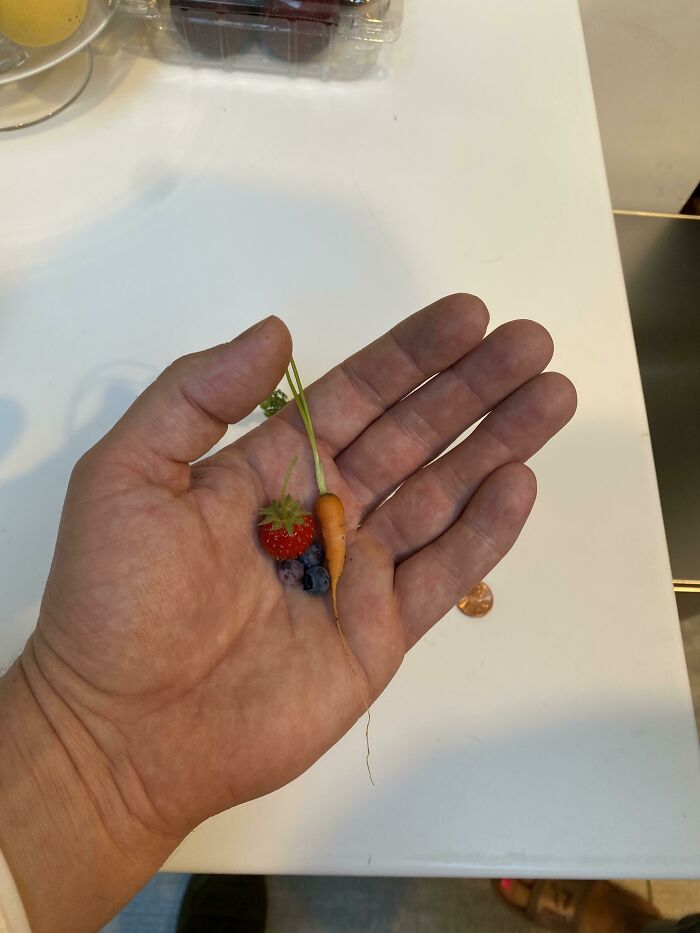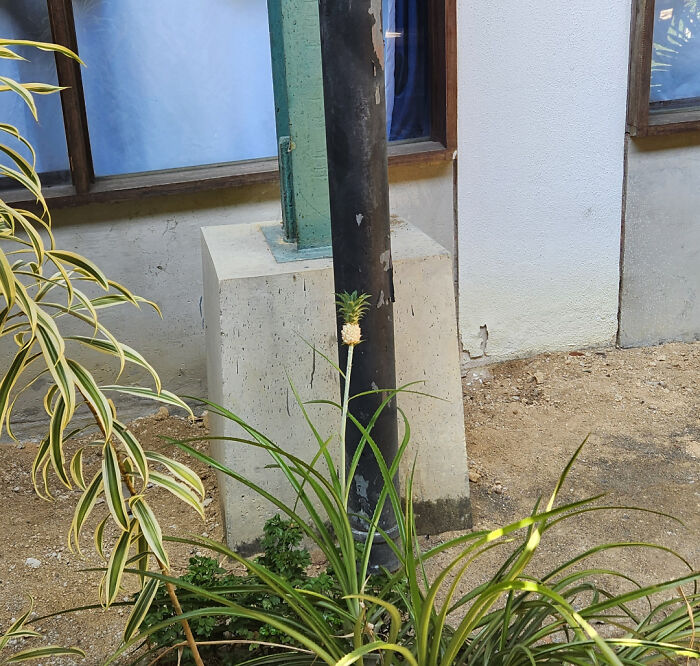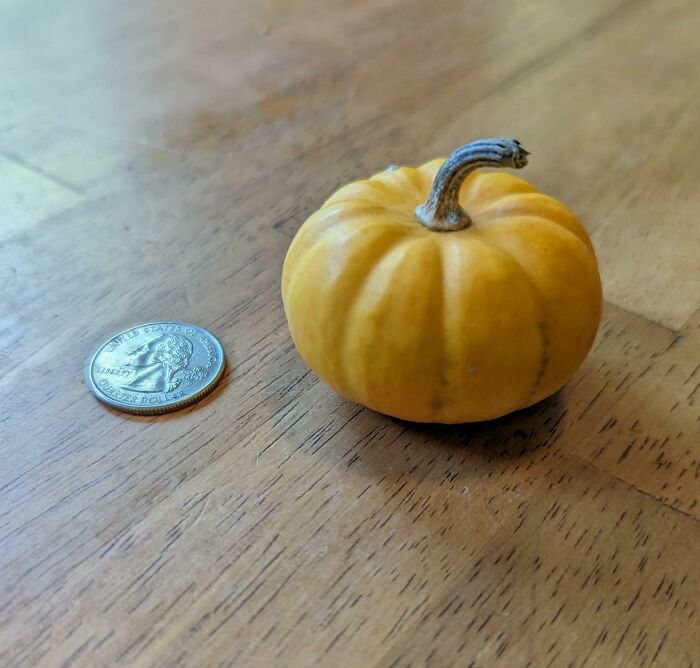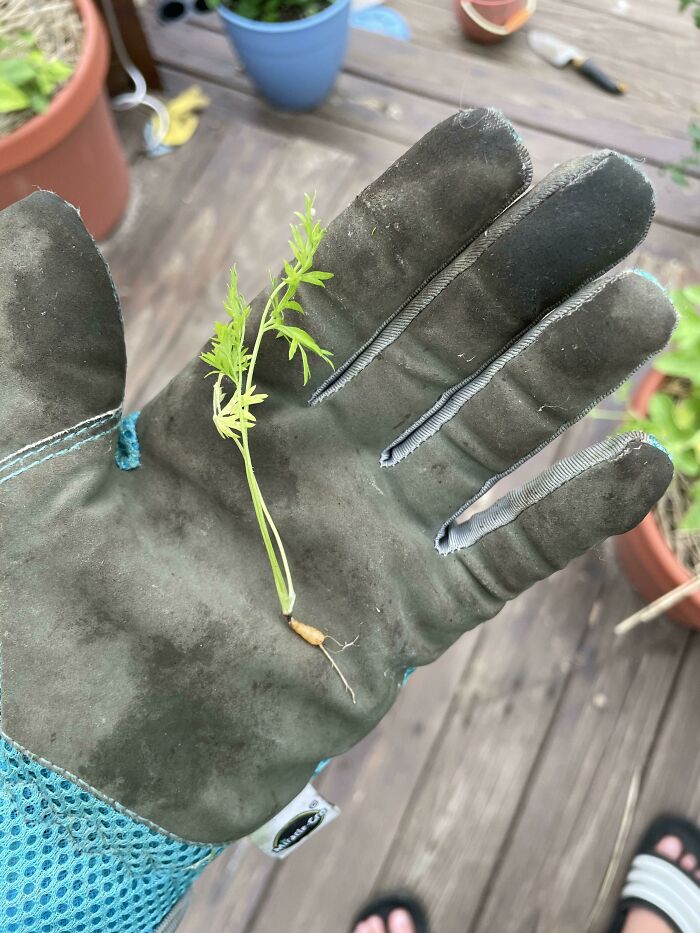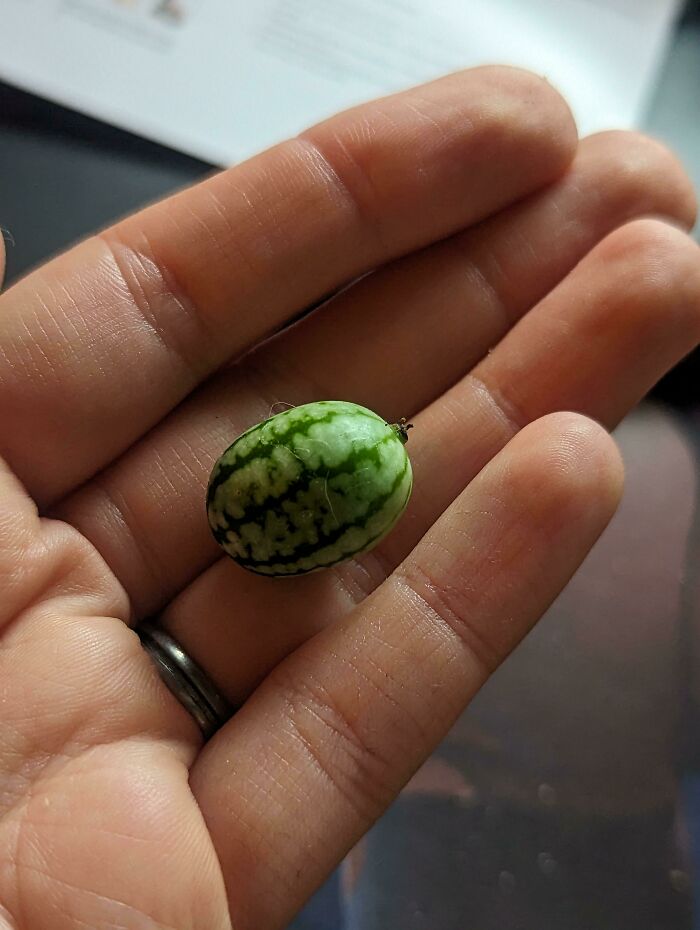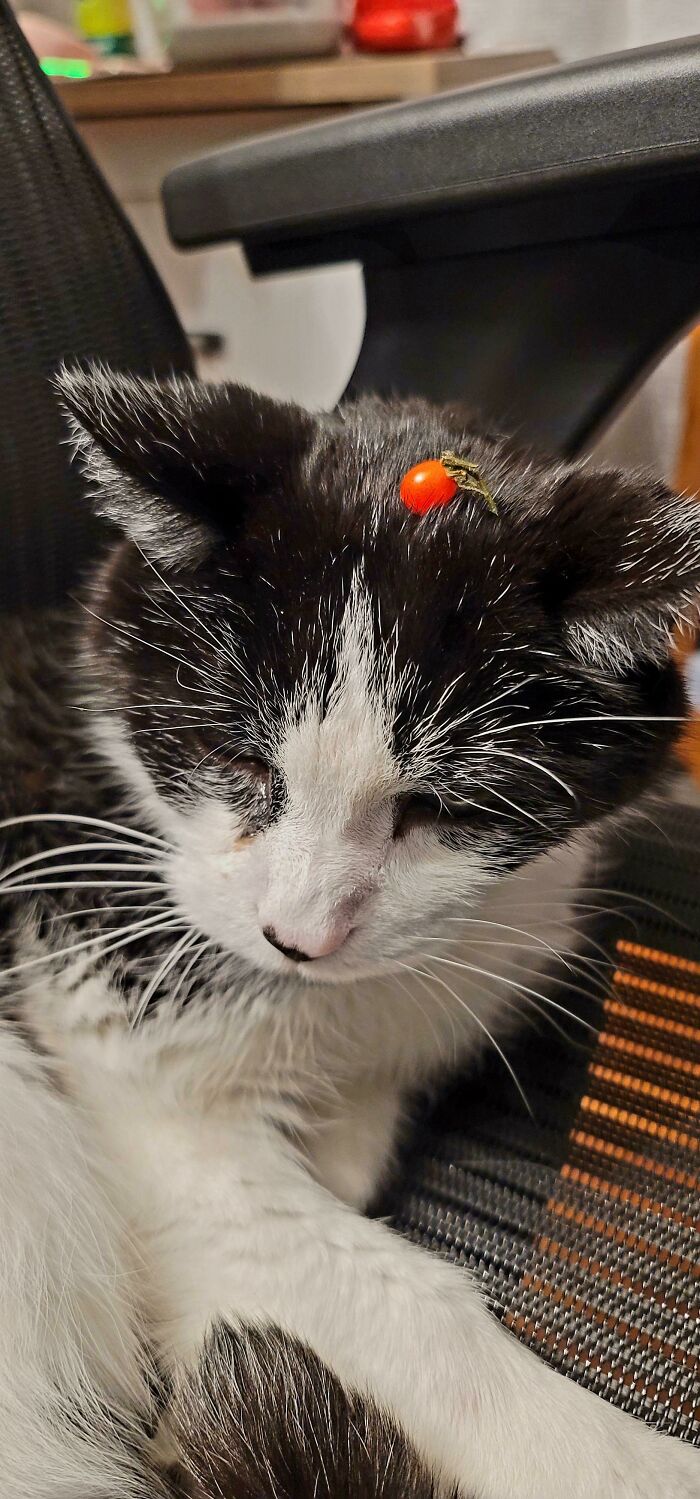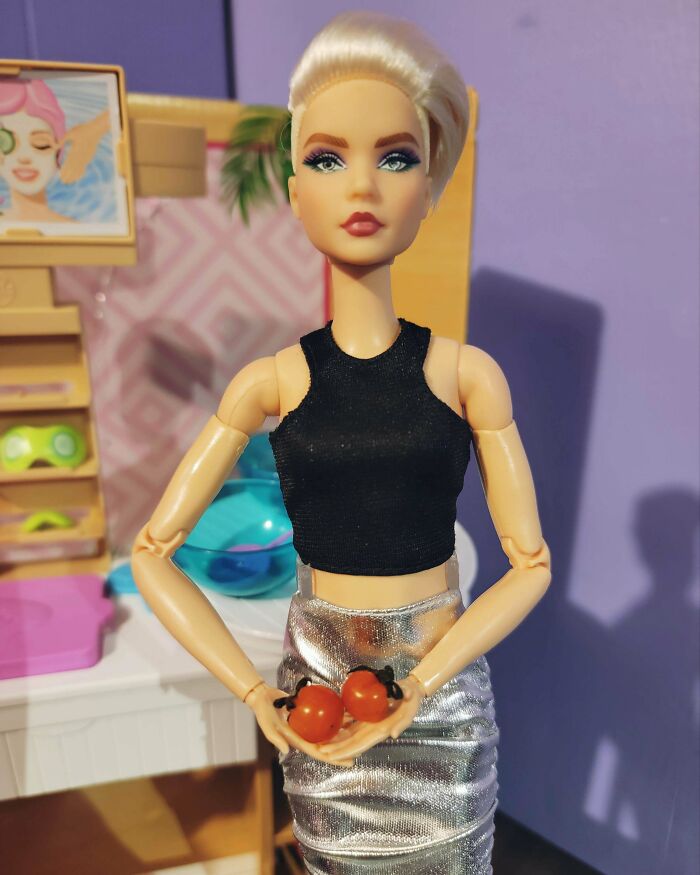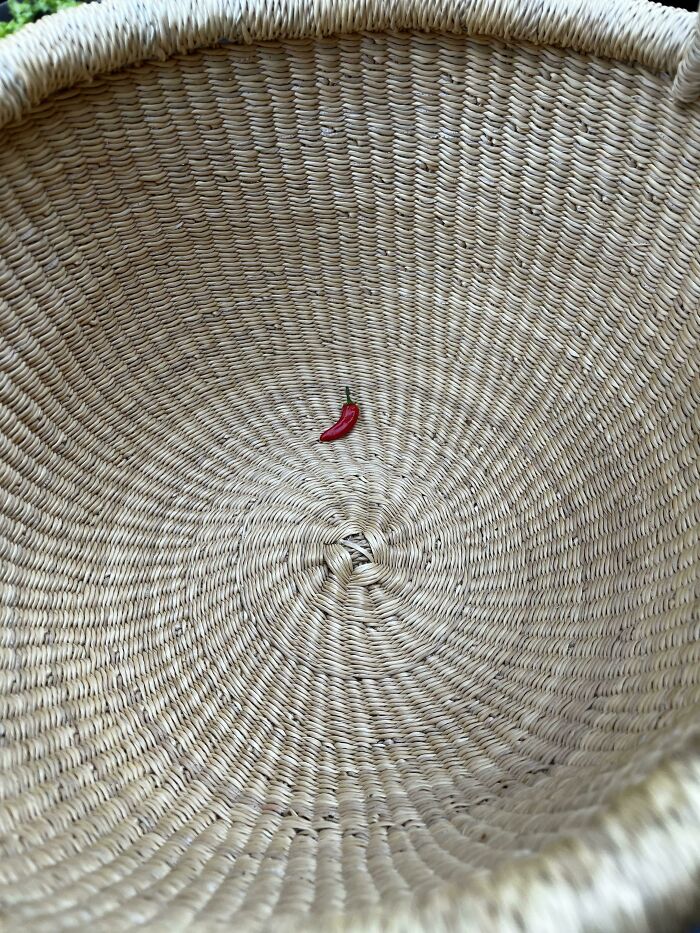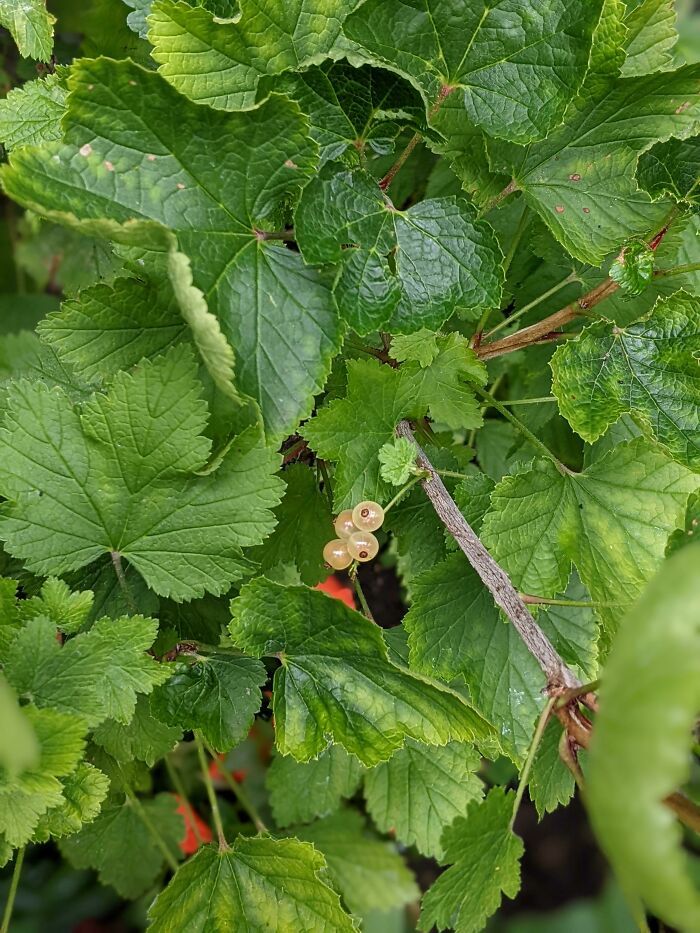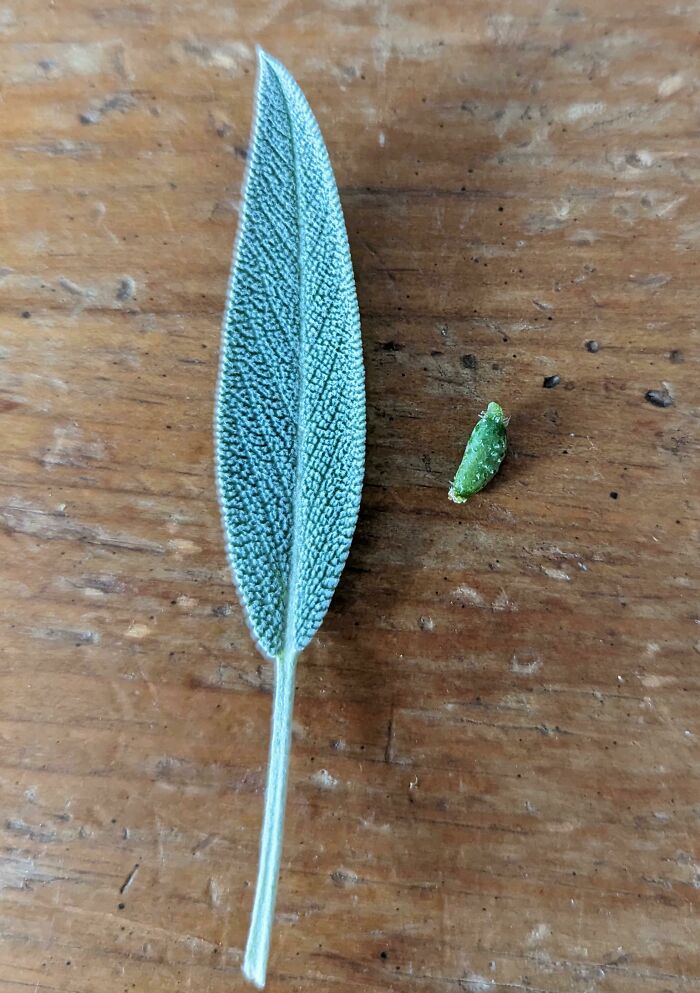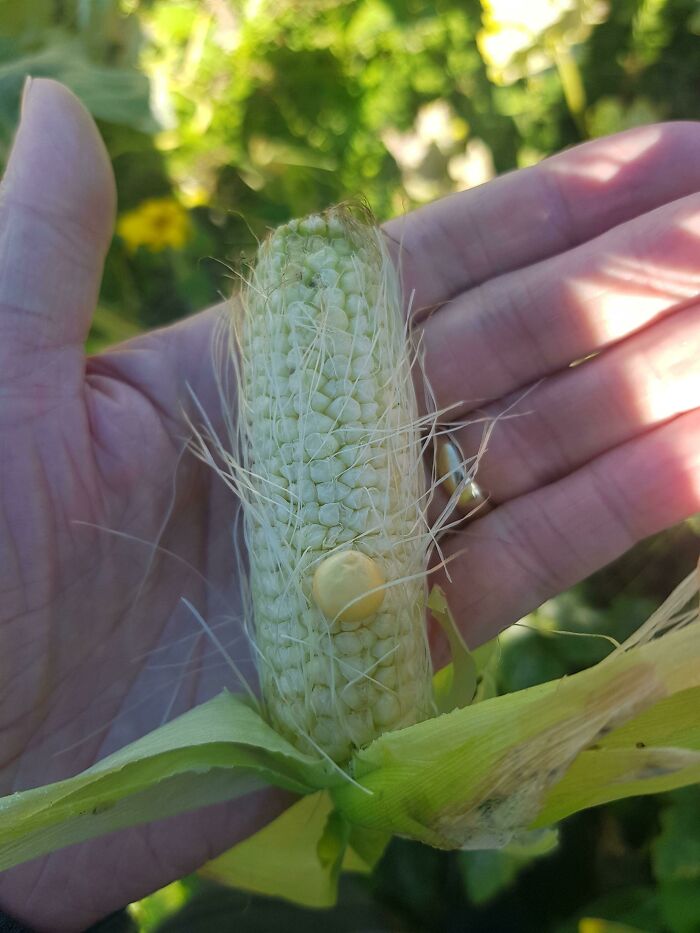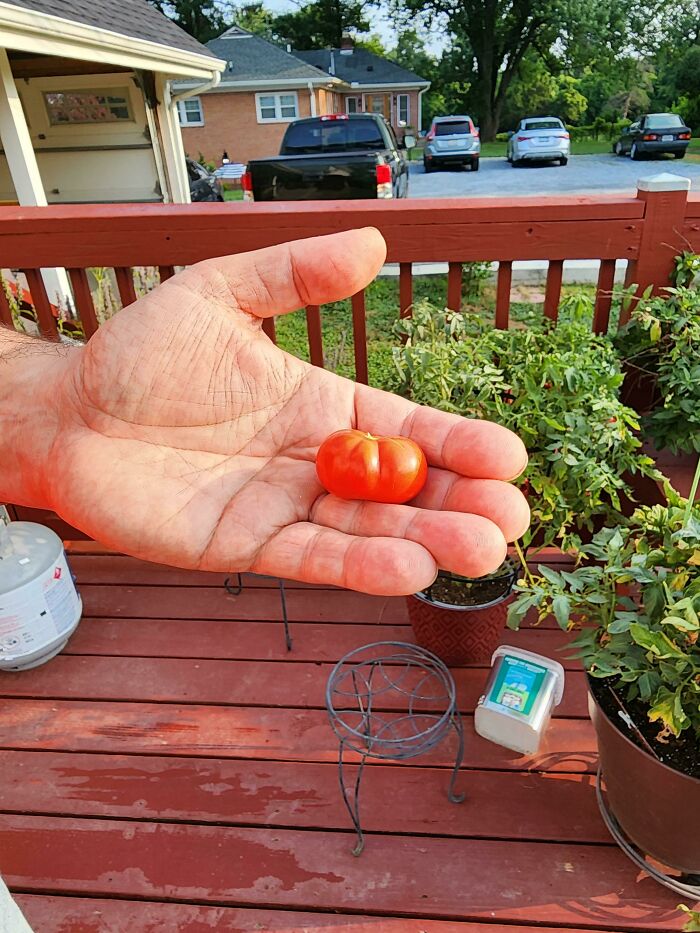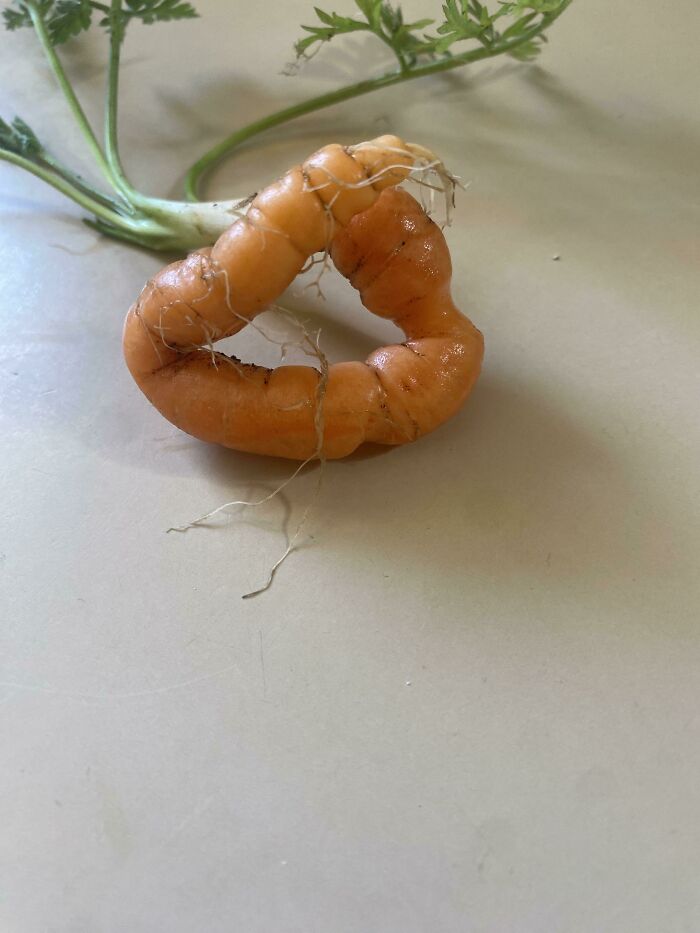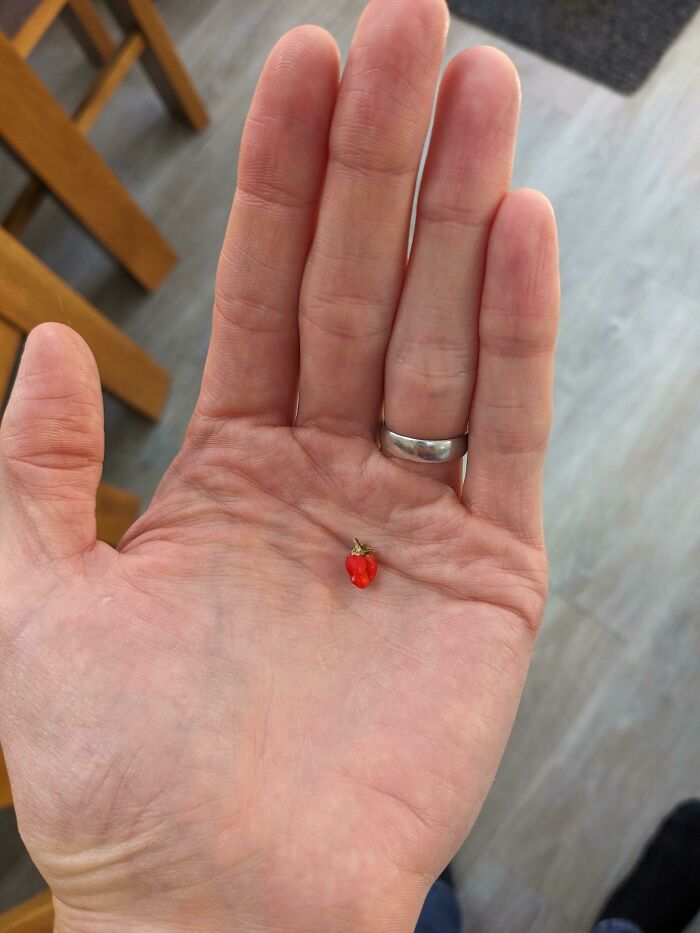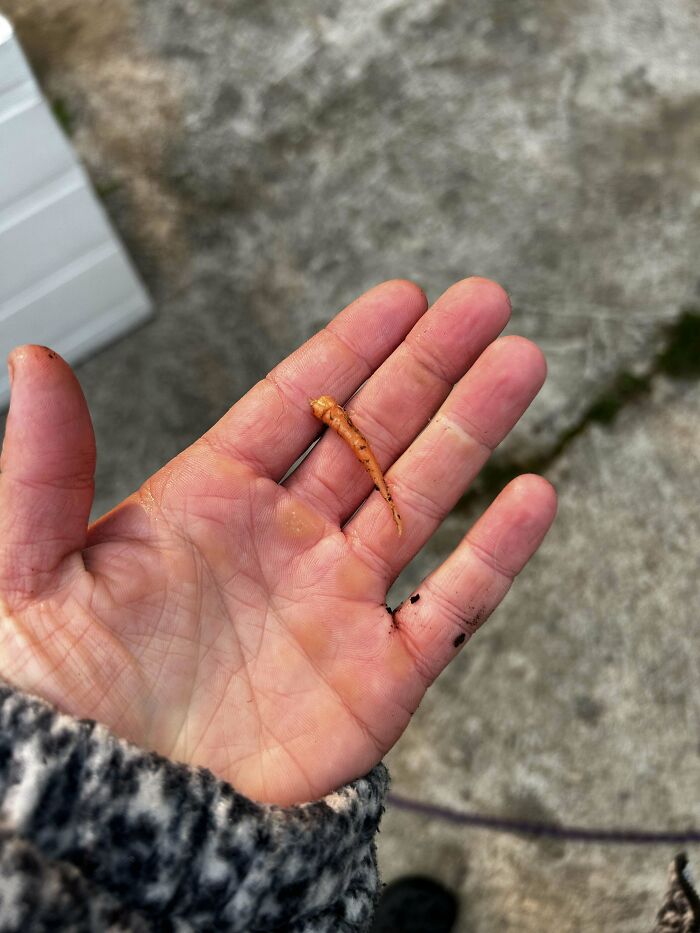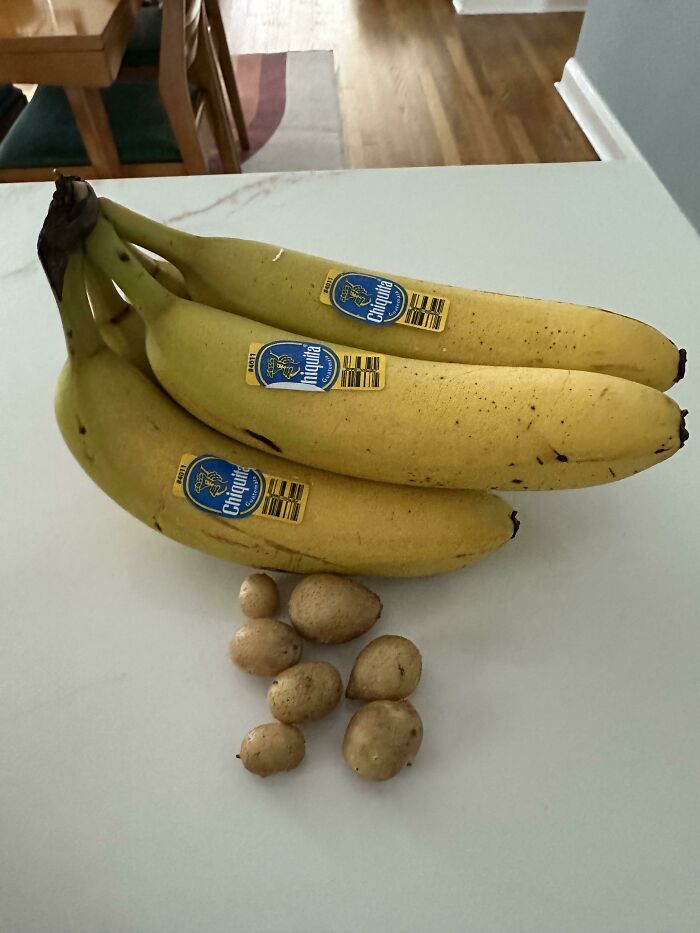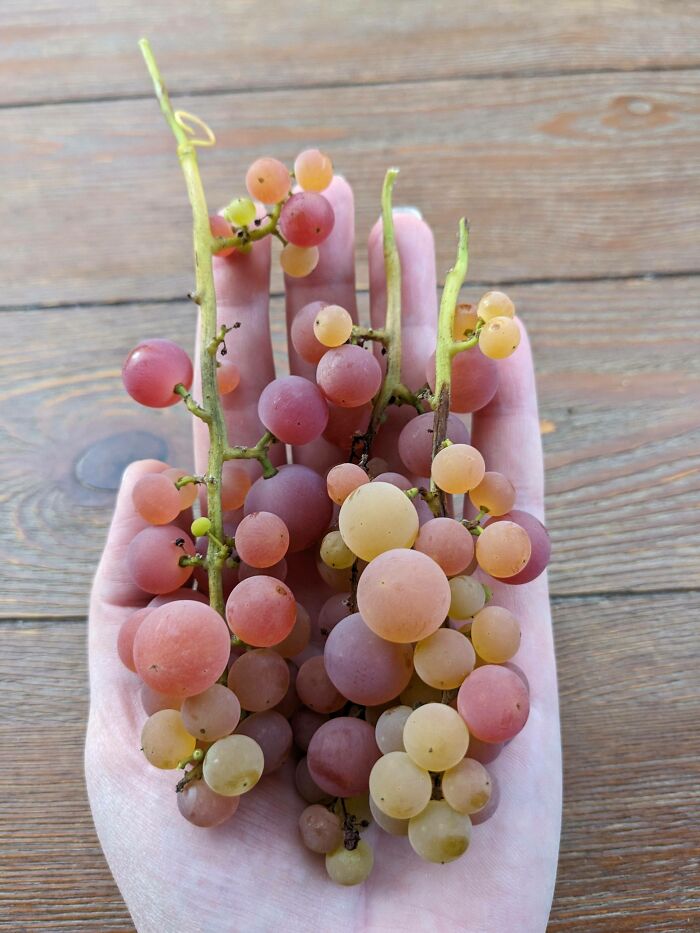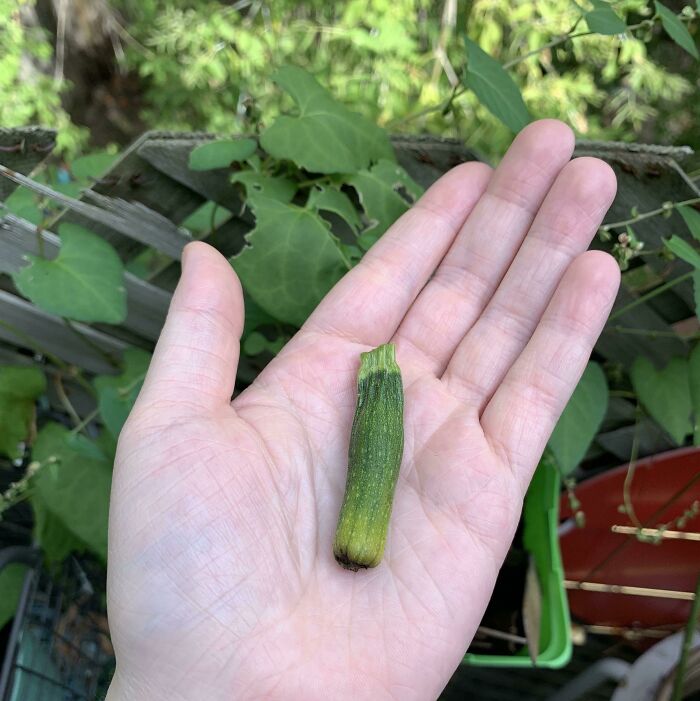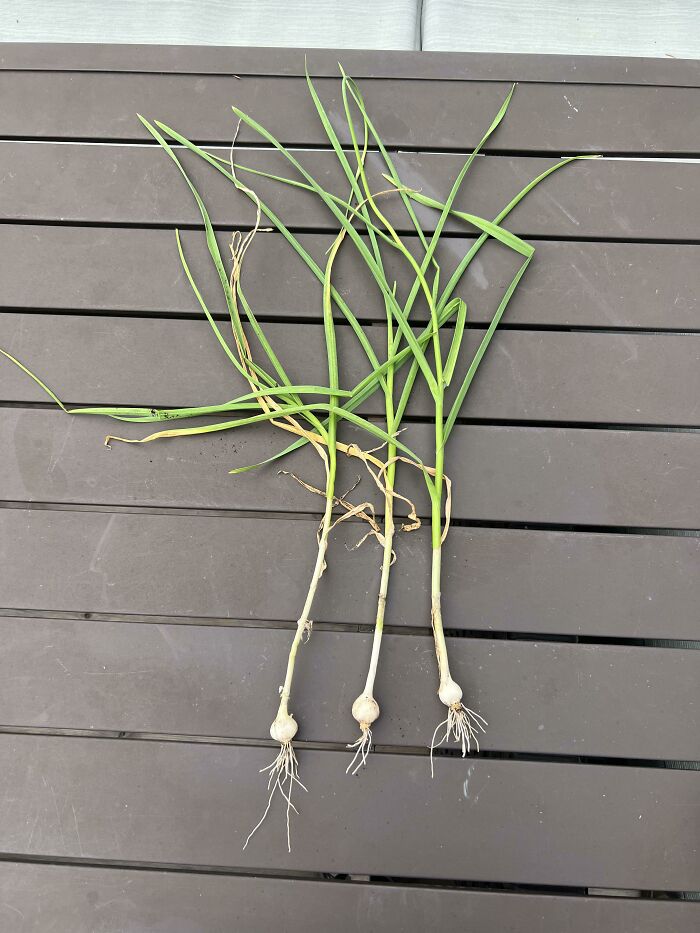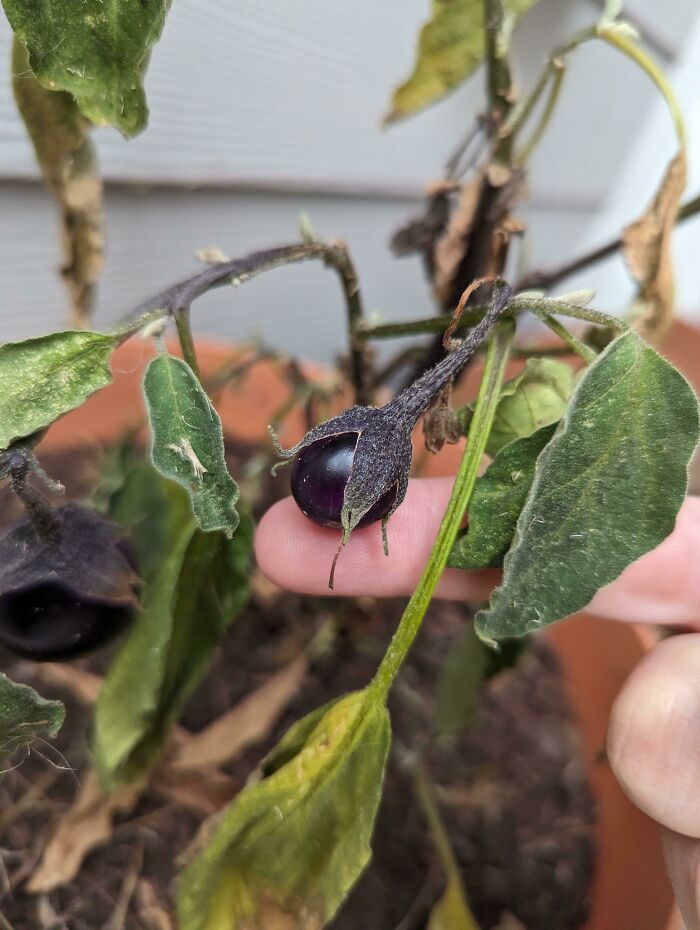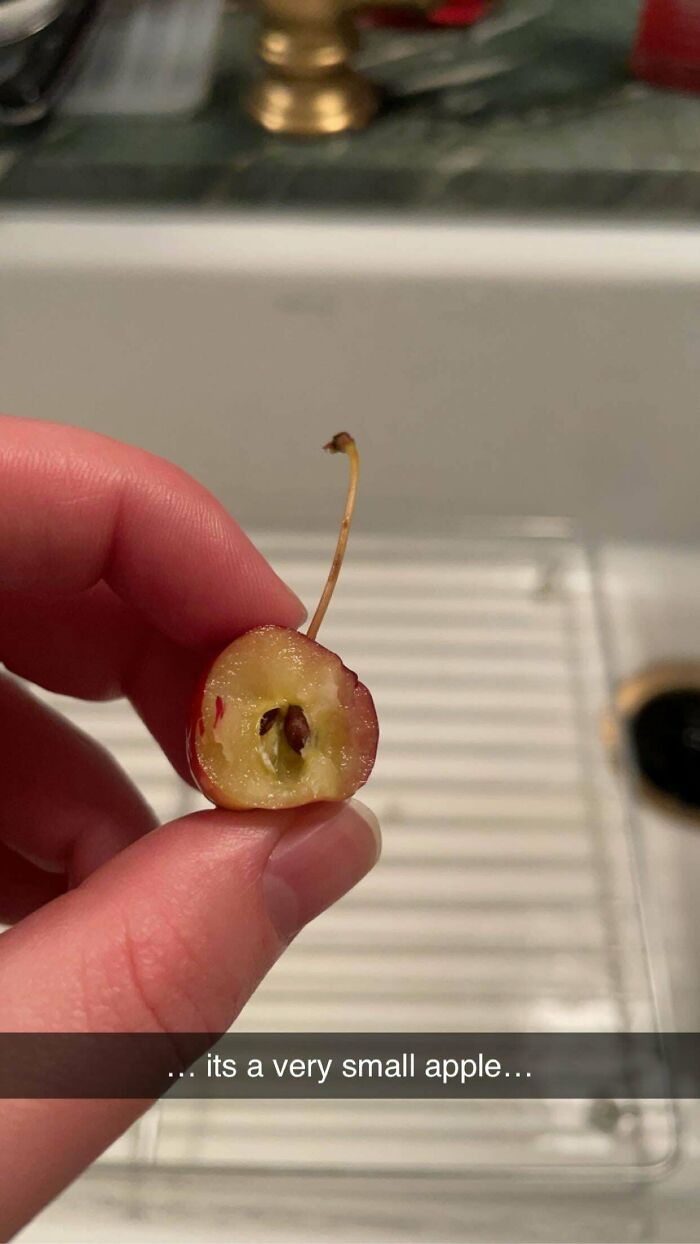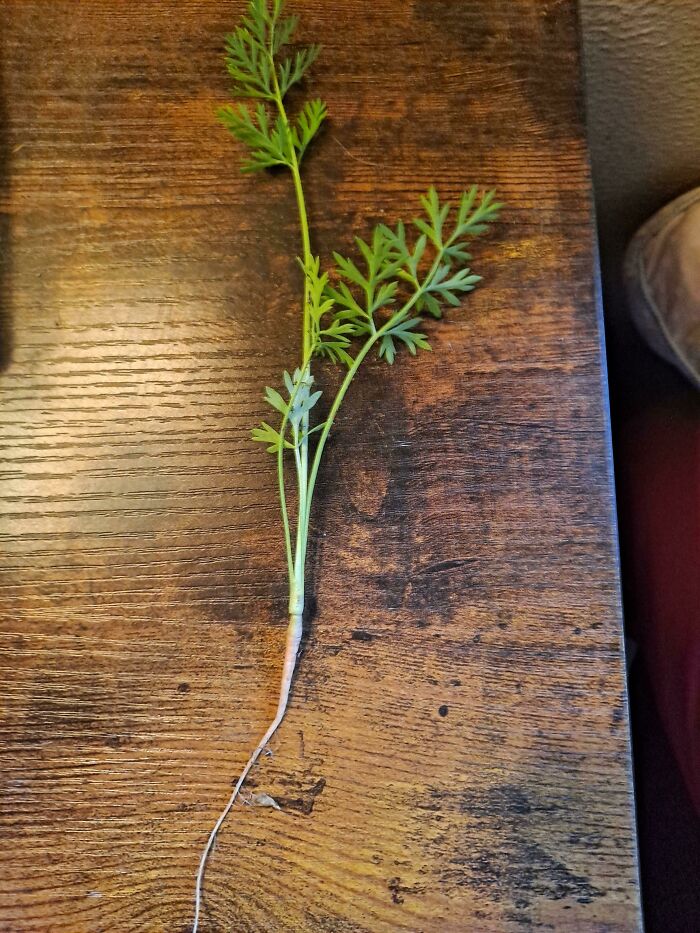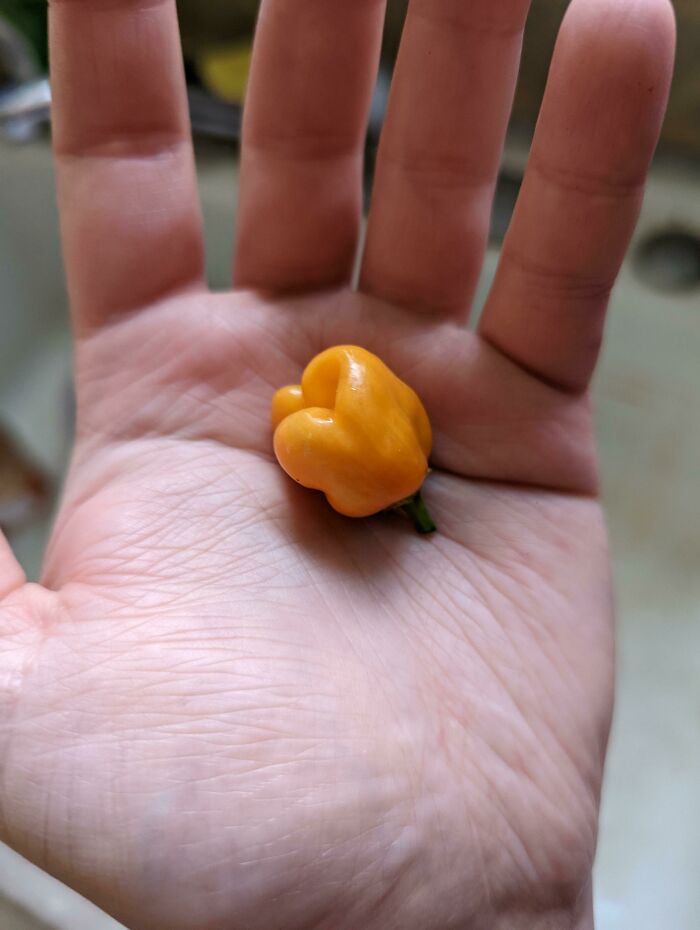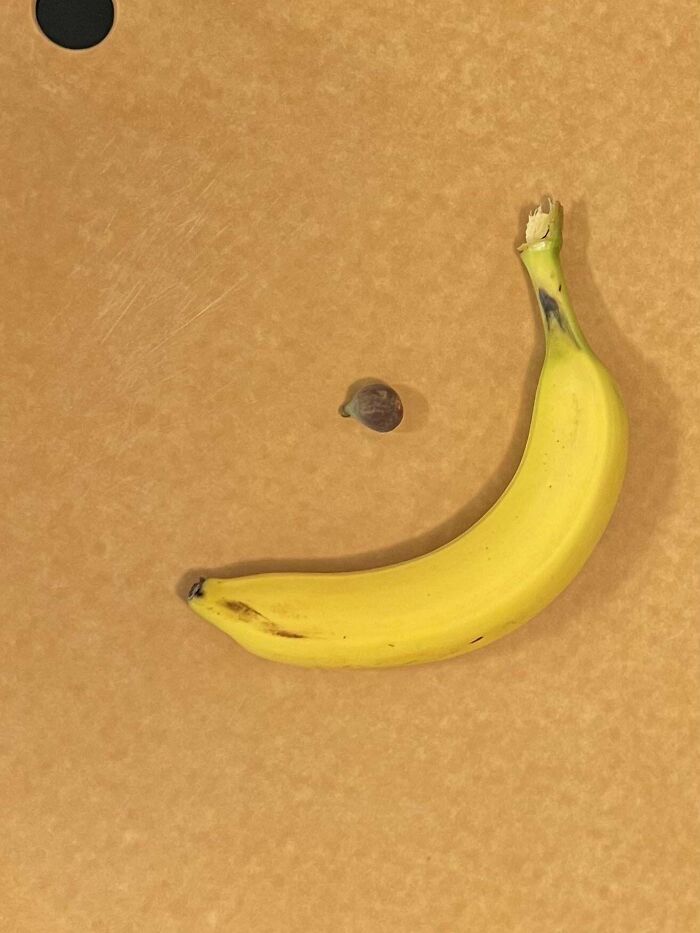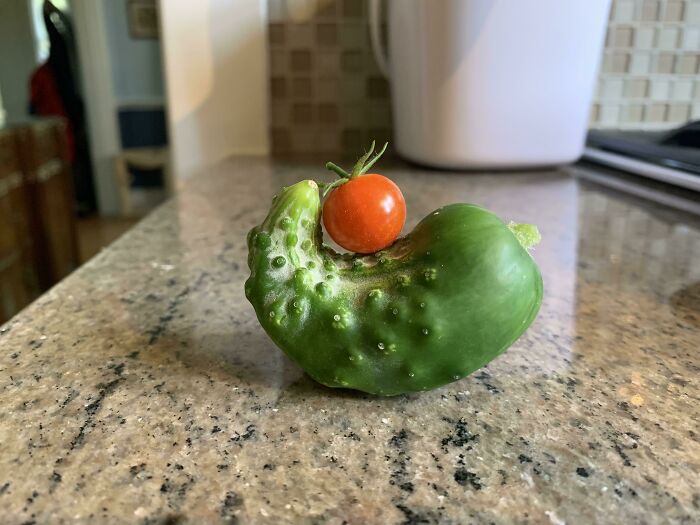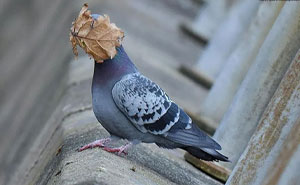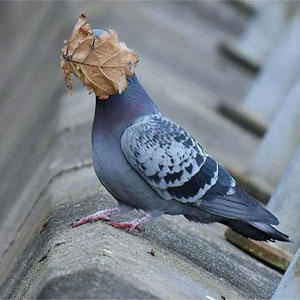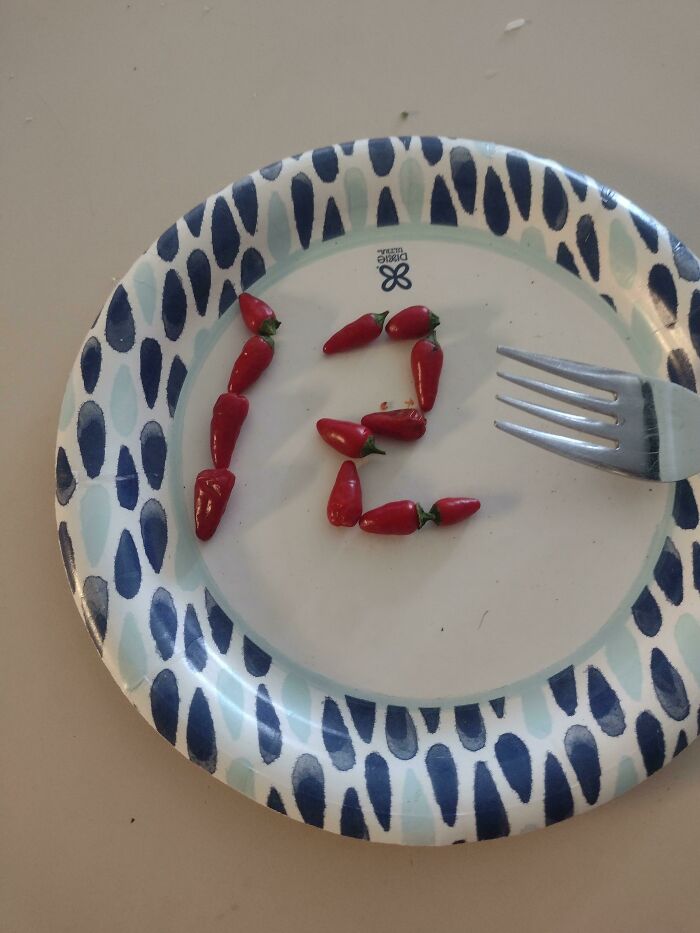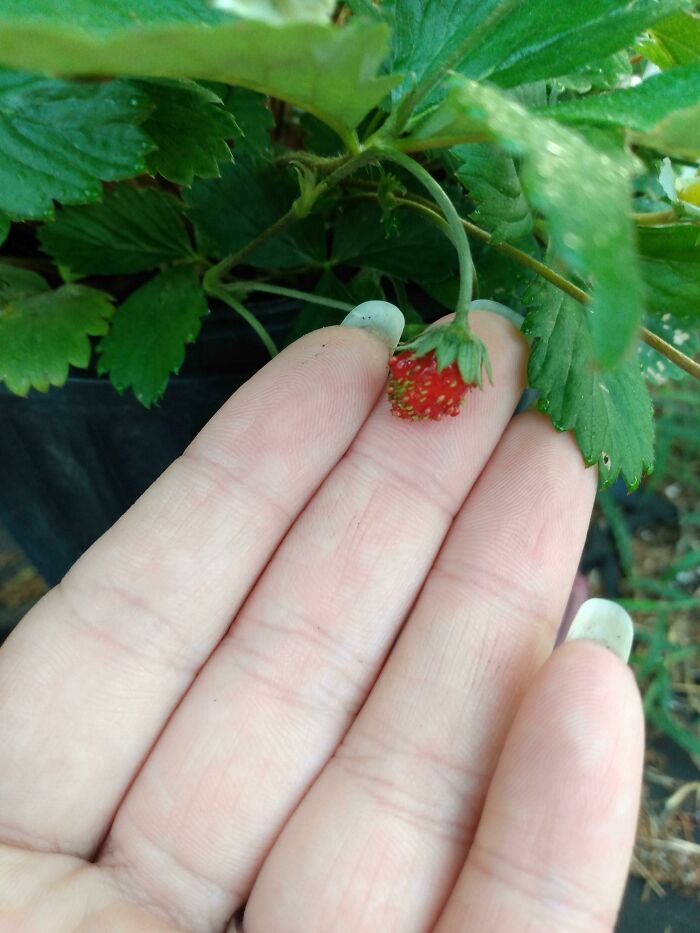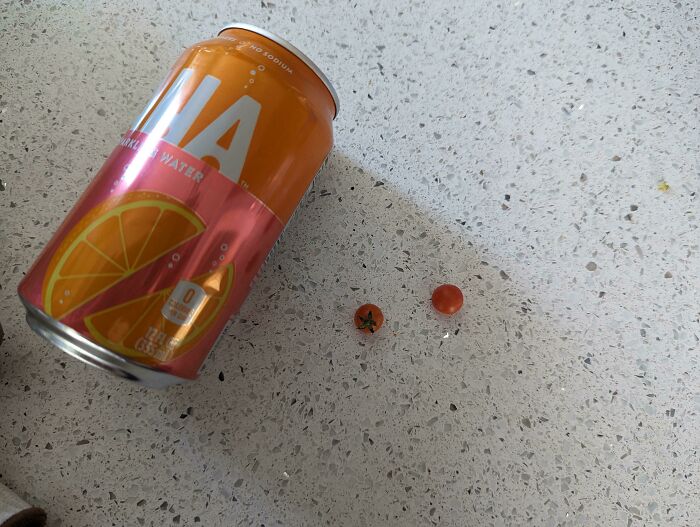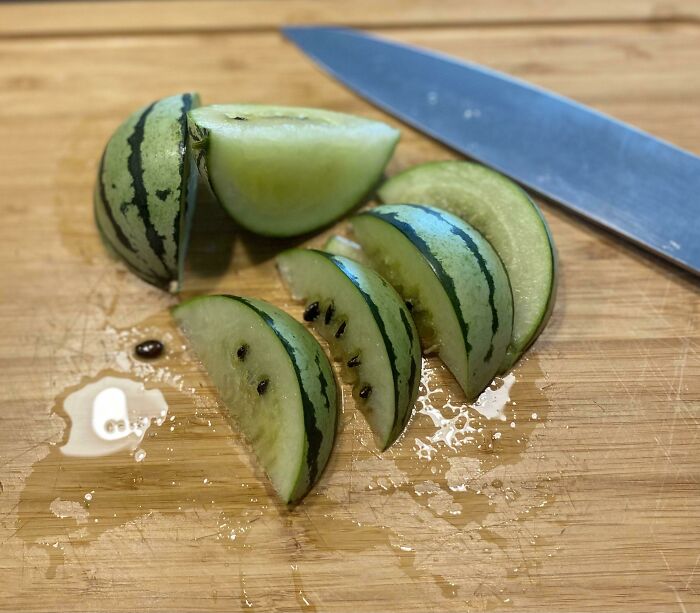However, the process itself involves many moving parts. If you’re not a seasoned grower, you’re more likely to commit missteps that can lead to unflattering results (to say the least). As you’ll see in this list, it is much more common than you think. This series of photos comes from a seemingly endless pile from the r/MightyHarvest subreddit. And they only get funnier as you scroll through. Bored Panda also spoke to horticultural consultant and urban farming expert Martyna Krol, who shared some helpful insights. “Often growing plants such as tomatoes, courgettes or cucumbers in soil that has not got enough nutrients in it will result in misshapen fruits or weaker plants, eventually leading to the disease.” “The easiest one is either invest in a compost bin or buddy up with a garden or a growing project that does composting. The ready to use compost is diverse in many soil animals, which in turn make the nutrients available to the plant.” He then shared crucial advice: stick with one plant, especially if you’re just starting your vegetable gardening venture. “Try growing something—one thing!—and see how easy and fun it can be. Maybe try growing cherry tomatoes with a kit on your windowsill,” he said, stressing the importance of planting in small spaces.
Foster put it simply: “No pollinators means no vegetables, fruits, grains or oils (canola, sunflower, palm).” She then made a few suggestions to start with, especially for newbie growers. “Milkweed, coneflowers, and sunflowers are easy to grow and make a great addition to a vegetable garden. This makes it easier for bees, butterflies, and birds to spot them from the sky.” “Some of the groups are the broccoli, carrot, and pumpkin families, and they all have distinctive qualities. The bean family does not like frosts, so if you’re in northern climates, you may not plant these until mid-summer, but the broccoli family, for example, will thrive in cooler areas.” “Organise a good composting system and compost as much of your own waste. You’d be surprised how good the veg is, and you also save money on shop-bought stuff. “Grow only a few varieties every year, and master those before you spread yourself thin with dozens of species that all have different needs. “Grow the plants you will enjoy; don’t bother with fancy and rare stuff for now; master those beans.” “A good general rule of thumb is to go with leafier plants — things like kale, spinach, lettuce — in shadier spots because they [don’t need as much] sunlight to grow and produce.” Follow Bored Panda on Google News! Follow us on Flipboard.com/@boredpanda! Please use high-res photos without watermarks Ooops! Your image is too large, maximum file size is 8 MB.



